The Evolution of Heated Mugs: Innovations Shaping Modern Beverage Experiences
The Evolution of Heated Mugs: Innovations Shaping Modern Beverage Experiences
In an era where convenience and personalization define consumer preferences, heated mugs have emerged as indispensable companions for coffee enthusiasts and busy professionals alike. These smart devices combine cutting-edge technology with ergonomic design to ensure hot beverages remain at the ideal temperature—anytime, anywhere. This article explores the latest advancements in heated mugs, focusing on key categories like Heated Travel Mugs, Wireless Charging Mugs, and APP Control Mugs, while evaluating materials such as Stainless Steel, Ceramic Glaze, and Tritan Lid designs.
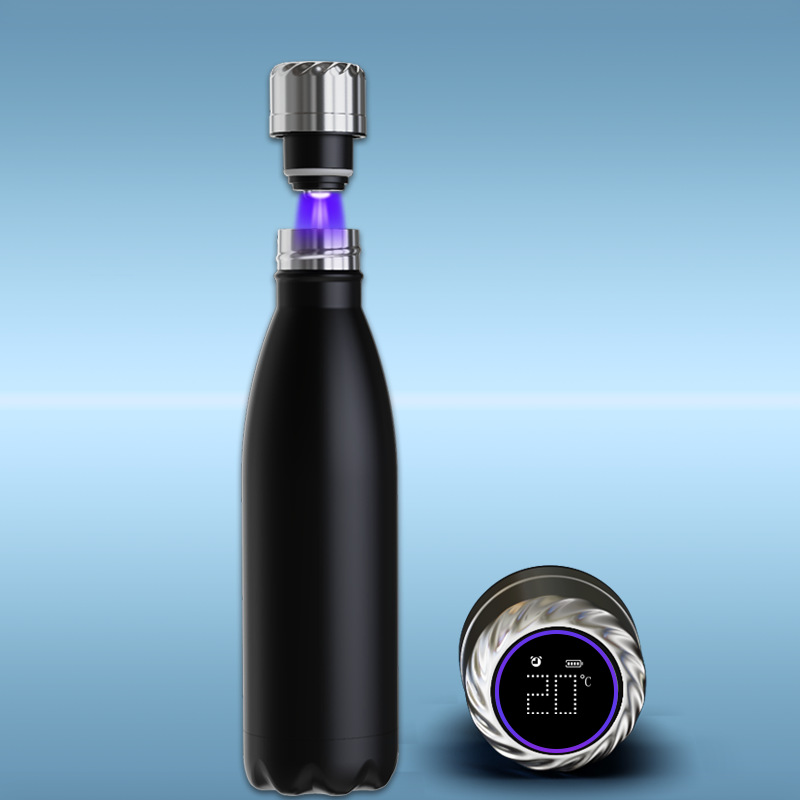
1. Smart Heating Technologies
Modern heated mugs prioritize constant temperature control through advanced heating systems. The Heated Travel Mug by Sharper Image exemplifies this trend, featuring a USB-powered base that maintains warmth during commutes or outdoor activities. Its dual-layer insulation—stainless steel and vacuum-sealed walls—keeps drinks hot for up to two hours unplugged, making it ideal for on-the-go lifestyles. Similarly, Large Battery Mugs with 10+ hours of runtime cater to users needing all-day warmth, such as remote workers or travelers.
Wireless charging integration further elevates convenience. The ionMug with Charging Coaster uses induction technology to heat beverages while doubling as a phone charger—a boon for mobile work setups. However, reviews note limitations: some models lose heat rapidly when removed from the coaster, emphasizing the need for improved battery efficiency.
2. Material Innovations: Durability Meets Aesthetics
Material choice significantly impacts performance and user experience. Stainless Steel Mugs, like those from Sharper Image, offer robust insulation and resistance to corrosion, though their metallic taste can affect beverage flavor. In contrast, Ceramic Glaze Mugs retain heat effectively (up to 60% longer than standard ceramic) and provide a neutral taste profile, but their fragility limits portability.
For eco-conscious users, Tritan Lid Mugs address safety concerns. Tritan, a BPA-free, shatterproof plastic, ensures durability and chemical inertness. Its molecular stability prevents leaching, making it ideal for repeated dishwasher use. Additionally, Fingerprint Resistant Mug designs with matte finishes or anti-smudge coatings appeal to users prioritizing aesthetics and low maintenance.
3. Connectivity and Customization
APP-controlled mugs represent the pinnacle of personalization. Brands now integrate Bluetooth-enabled APP Control Mugs that sync with smartphones to adjust temperatures (e.g., 120°F–160°F) via dedicated apps. These devices cater to niche preferences—such as keeping herbal tea at 145°F or espresso at 155°F—while tracking consumption habits. However, connectivity issues and app compatibility remain challenges.
Waterproofing is another critical feature. Mugs with IP67 Waterproof ratings withstand submersion in 1 meter of water for 30 minutes, ensuring durability in rainy or spill-prone environments. This certification requires rigorous leak testing, often involving volumetric fill tests to detect micro-leaks in sealed chambers.
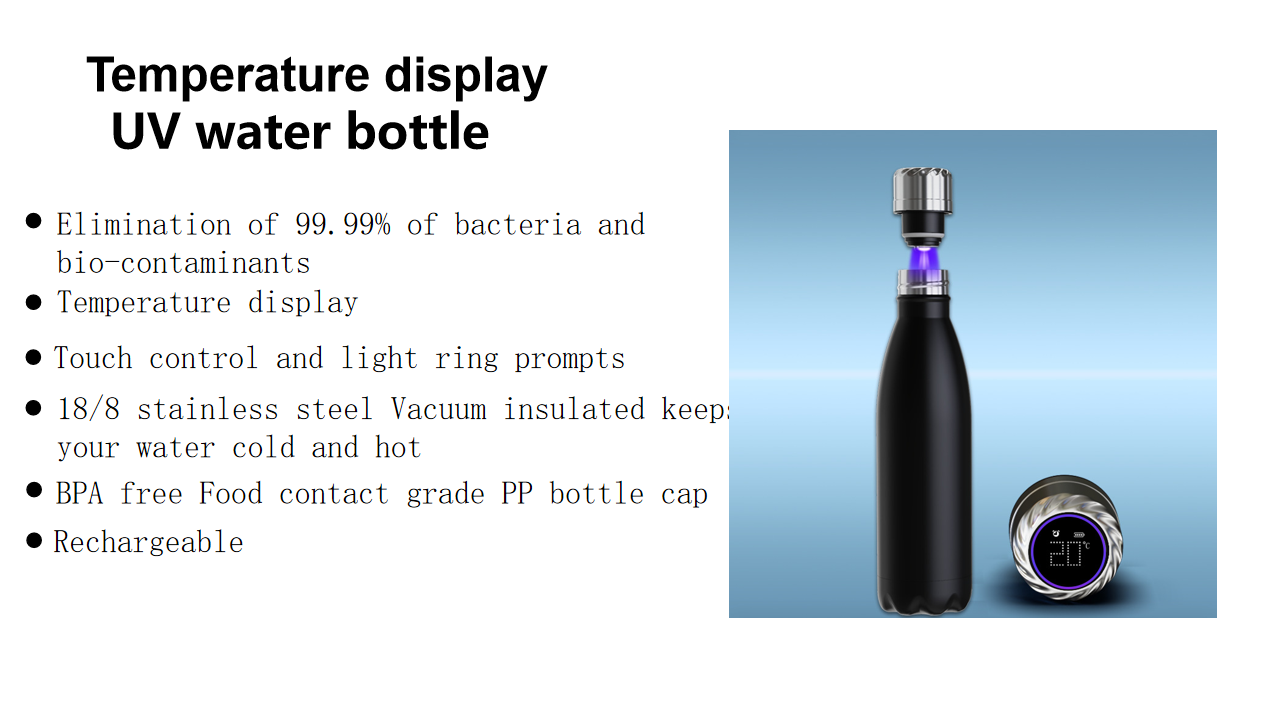
4. Design for Mobility and Sustainability
The rise of On-the-Go Mugs reflects shifting lifestyles. Compact, lightweight designs with spill-resistant lids—like the ionMug’s secure closure—target commuters and parents juggling multitasking demands. Yet, some users critique bulky heating bases for compromising portability, urging brands to adopt slimmer profiles. Sustainability is also gaining traction. Brands like Philips now offer repair programs for Long-Lasting Mugs, extending product lifecycles and reducing e-waste. Meanwhile, solar-powered models and mugs with recyclable Tritan Renew materials align with circular economy principles.
5. Market Gaps and Future Trends
Despite advancements, gaps persist. Mixed reviews highlight inconsistent heating in Hot Beverages Mugs—some models struggle to surpass lukewarm temperatures without constant charging. Future innovations may focus on:
- Solid-state heating elements for faster, more efficient warmth.
- AI-driven temperature algorithms that adapt to ambient conditions.
- Modular designs allowing interchangeable bases for wireless charging or solar power.
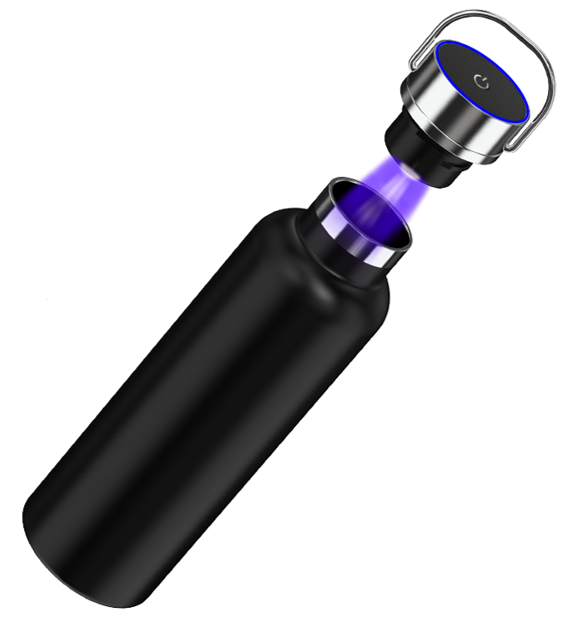
Heated mugs are no longer mere containers but sophisticated tools blending technology, design, and sustainability. From Stainless Steel Travel Mugs to APP-Enabled Smart Cups, these devices cater to diverse needs—whether for mobile work, outdoor adventures, or curated home brewing. As material science and IoT connectivity advance, the next generation of heated mugs will likely redefine how we experience our daily brew, prioritizing reliability, eco-friendliness, and hyper-personalization.
 Behind the Scenes: How our brand USB Hub Ensures Quality in Every USB Hub
Behind the Scenes: How our brand USB Hub Ensures Quality in Every USB Hub
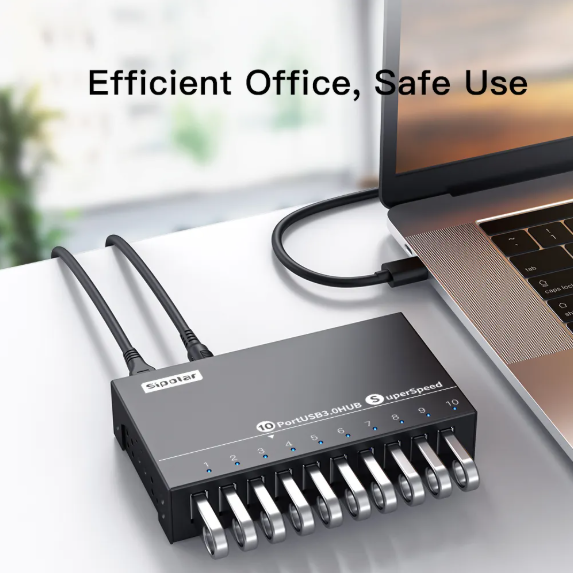 OEM/ODM USB Hubs: How We Customize Solutions for Global Brands (and Survived a Berlin Fire Drill)
OEM/ODM USB Hubs: How We Customize Solutions for Global Brands (and Survived a Berlin Fire Drill)
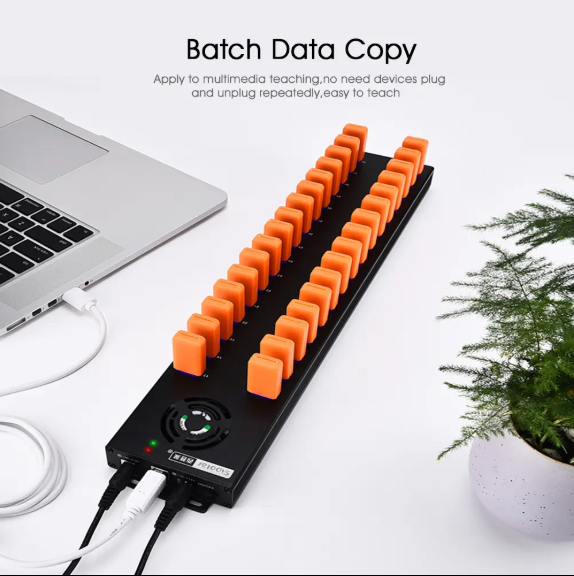 The Future of USB Hubs: Trends in Type-C, Fast Charging, and Smart Power Management
The Future of USB Hubs: Trends in Type-C, Fast Charging, and Smart Power Management
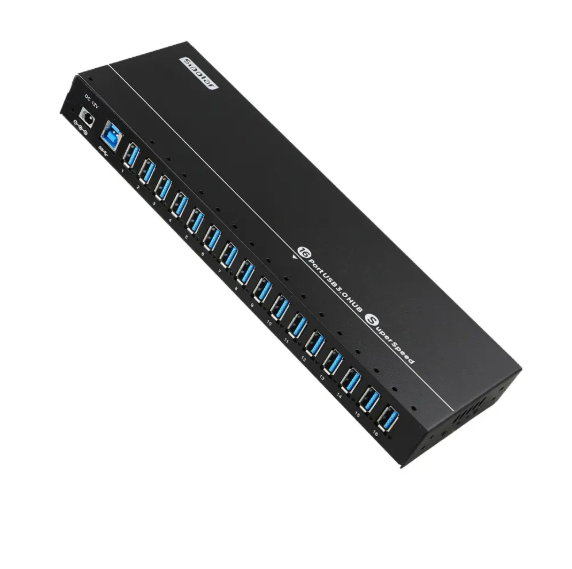 How Our Multi-Port USB Hubs Solve Connectivity Issues for Offices & Cafés
How Our Multi-Port USB Hubs Solve Connectivity Issues for Offices & Cafés

